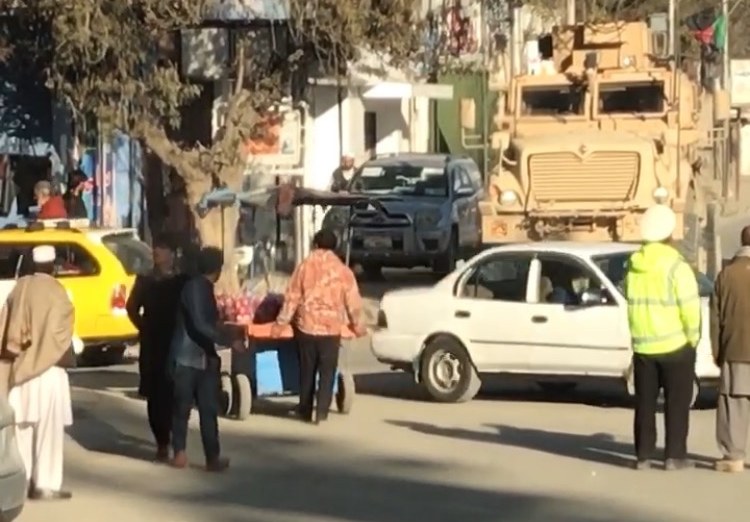In 1981, Imi Lichtenfeld (founder of Krav Maga) gave his first instructor-directed course in Netanya, Israel. The training took several weeks and was both detailed and rigorous. The goal of this intensive program was to teach the principles and physicality of Krav Maga to a young stable of already accomplished martial artists. Fortunately for me, two of these students became my primary instructors. As a result, I was blessed to learn the system as it was taught specifically by Imi.
Proper instruction of Krav Maga, as per Imi, includes not just the physical training of blocks, strikes and movement. It also delves into mindset and best practices for training students over a long period of time to deliver optimal performance.
There is a story that one of my instructors told me that clearly made me understand this point. Two students were aggressively training a sparring drill and, as a result, an injury occurred when one punched the other in the face with such force that it caused significant bleeding. Imi was so outraged by this that he reprimanded not just the students, but also the drill instructor. They were told they were done for the day and had to formally apologize to everyone involved for breaking protocol by losing control. In the eyes of Imi, safety in training was paramount.
As I watch countless videos of different martial art instruction, I am constantly amazed at the level of aggression being demonstrated by the instructors. I understand that they are trying to represent the capabilities of the system in real time, however, it cannot be overstated that training at that level and at full speed can and will cause injuries to students.
Regardless of what any system boasts, there is no truth to the claim that you can train a specific martial art at 100% and not be at risk for injury. Any time you physically manipulate and/or strike another person, regardless of their experience level, there is always risk. And if a student is seriously injured, they may not be able to train for days, weeks or months. Worse yet, they may never come back at all.
This is why I insist that all our students practice and drill at a slow and safe pace. Not only will your body process and learn the material better, but this will also improve the chances that your training regimen will not be affected by injury. It has been proven that a person’s brain and muscle memory is enhanced, not hindered, by slow and deliberate training repetition. And if one ever encounters a real-life violent situation, being precise and in control will make your self-defense skills more effective.
Imi would approve.




